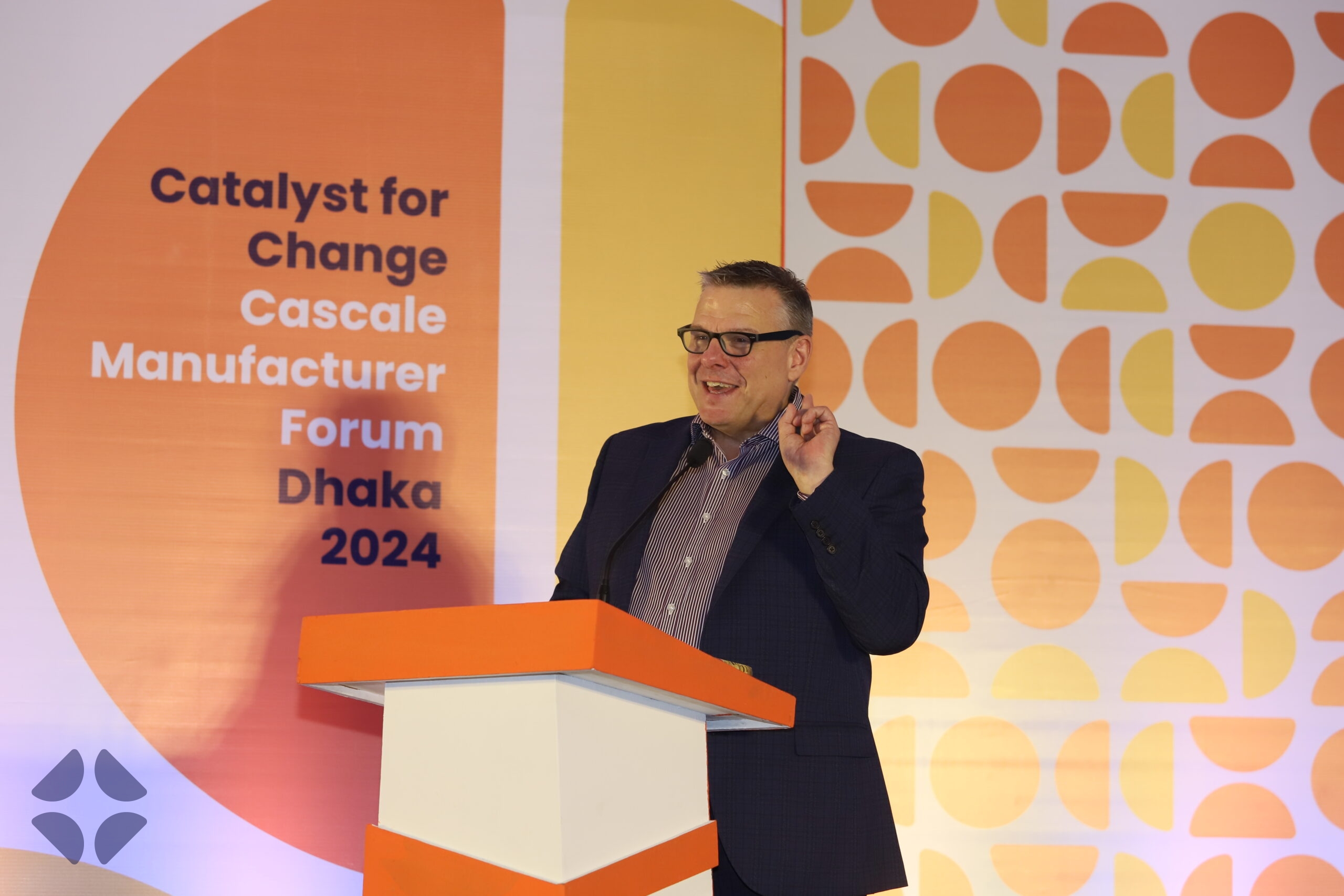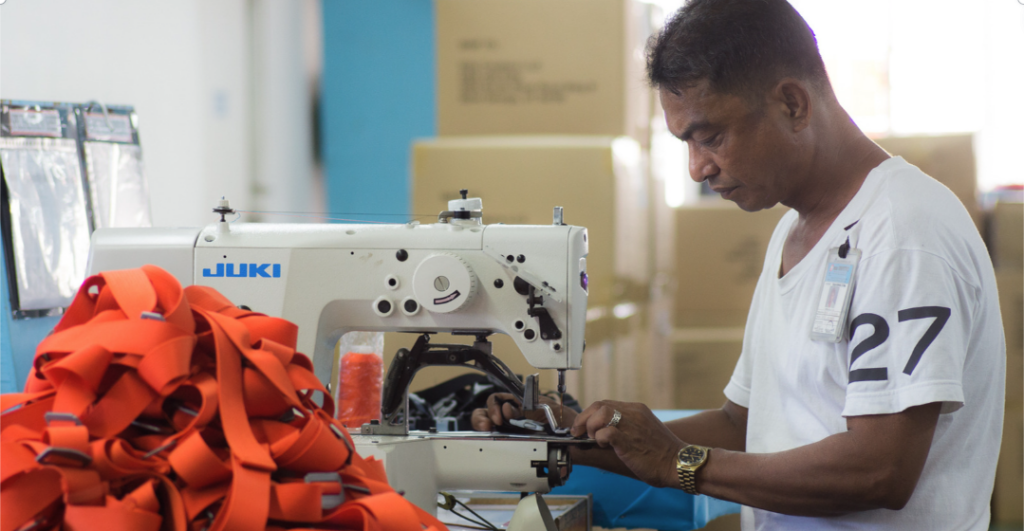Collaboration is the catalyst for change. As we eagerly await the Higg FEM 4.0 launch on November 2, it’s important for us to share the journey of how – and why – we arrived here. We’re proud to have walked this path hand in hand with our members, partner organizations, and stakeholders to build a tool that reflects the collective spirit of making meaningful, measurable impact on the industry’s most urgent issues.
The Time for Evolution is Now
We have committed to continually evolve our tools to meet the needs of members and users. Since the launch of Higg FEM 3.0 in 2017, the industry has seen significant regulatory shifts. In addition, we have also heard feedback directly from end users and stakeholders on how the tool can be improved. Higg FEM 3.0 has been instrumental in pinpointing hotspots and identifying areas of improvement for brands, manufacturers, and stakeholders; however, with the demand for new methodologies and upgrades, coupled with evolving facility and brand expectations, now is the time for a major evolution to the Higg Facility Environmental Module (FEM) tool.
Higg FEM 4.0 will bring impactful and necessary changes – from improved data quality to alignment with relevant industry standards, the updated tool offers a wide range of benefits to ultimately reshape how sustainable decisions are made along the supply chain. The journey to Higg FEM 4.0 wasn’t possible without the community who helped to shape it.
Our Collaborative Journey
We believe that sustainable transformation isn’t a solitary journey – it’s a shared endeavor that thrives on the power of conversation. The journey over the past two years has been a success story in collaboration. We have engaged with members, manufacturers, brands, and countless stakeholders to gather feedback and insights that were necessary in updating the Higg FEM tool.
Two years ago, we formed 12 Member Expert Teams (METs) formed by 140 representatives from a wide range of stakeholders, from manufacturers, brand and retailers, service providers, trade industry associations, affiliates, academics, and independent consultants. Our efforts were steered by the FEM Strategic Council, composed of individuals from various sectors within our industry whose guidance has been critical in reviewing and approving the development process. Additionally, we collaborated with external partners who provided valuable perspectives on processes, impact data, expanding our outreach, and more. Our partners included the ZDHC Foundation, Apparel Impact Institute (Aii), European Outdoor Group (EOG), and the Global Fashion Agenda (GFA). In 2022, we engaged extensively with members, gathering over 1,000 feedback points through a full member consultation process, providing a testament to the passion and commitment within our community.
Through the invaluable insights and feedback received, we were able to shape the path forward and refine the changes needed within the Higg FEM tool. We reevaluated the scoring methodology, question content and tool framework and incorporated the needs of the community. The How to Higg Guide underwent a thorough review process, resulting in over 700 individual feedback points from over 30 contributors. Finally, we received feedback from over 400 users who were able to experience the Higg FEM 4.0 tool within the tool platform, which further allowed us to pinpoint areas to improve.
A Journey of Continuous Improvement
Higg FEM 4.0 is built on a foundation of collective voices. Thanks to the feedback, insights, and dialogue, we’re ready to unveil a tool that meets the needs of the community, industry, and users. Some key highlights that we can’t wait to share include:
- Better data quality: Higg FEM 4.0 provides more detailed and more relevant data. The changes within the Higg FEM tool were made as a direct result from member and user requests for more precise and accurate information, and a notable new feature is an anomaly detector, designed to identify errors in real time.
- Alignment with global industry standards: Higg FEM 4.0 aligns with key industry standards, including the GHG Protocol, Science-Based Targets initiative, and ZDHC Roadmap to Zero. Additionally, the tool makes industry benchmarking a reality. The percentage of players meeting Higg FEM foundational requirements was just 19 percent in 2022, versus 15 percent in 2021. With improved data points, the hope is industry-wide progress is routinely captured.
- Expansion of environmental issues: the update covers more relevant environmental impacts — such as groundwater contamination — to ensure the tool reflects key impact areas businesses need to evaluate and addresses current challenges.
- Improved assessment relevance: through improved applicability criteria, users will now only see questions relevant to their specific operations, so they can spend less time on assessment questions that are irrelevant to them. Suppliers also benefit from streamlined auditing.
- Significant platform improvements: in addition to the new anomaly detector, Higg FEM 4.0 also offers easier access to guidance, optimized data exports, and an expanded online training library.
- Verification updates: to mitigate the expected verification cost increase due to a longer questionnaire, the 2024 FEM verification cycle will be narrowed to a core set of questions covering foundational practices and key impact metrics (GHG emissions and water use).
Higg FEM 4.0 isn’t another industry tool – we see it as a collective vision for a more sustainable future. It’s a testament to what we can do together. While there is still work to be done, Higg FEM 4.0 is a transformative step forward in shaping the industry – and world—that we want to see.
Learn more here: Sustainable Apparel Coalition Launches Higg FEM 4.0





